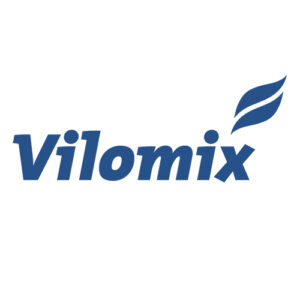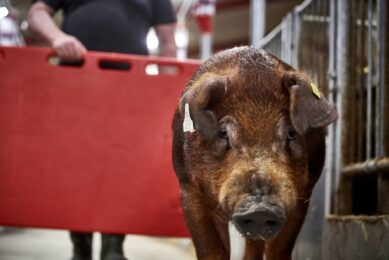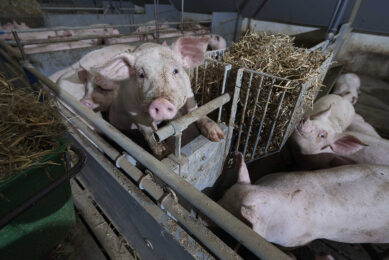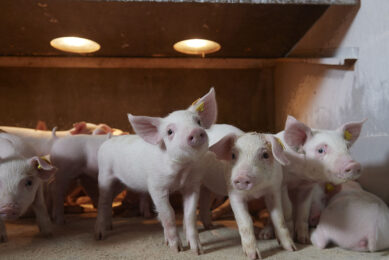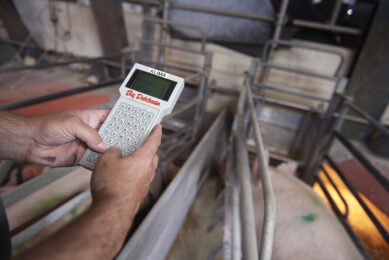Successful piglet weaning in the post-zinc era
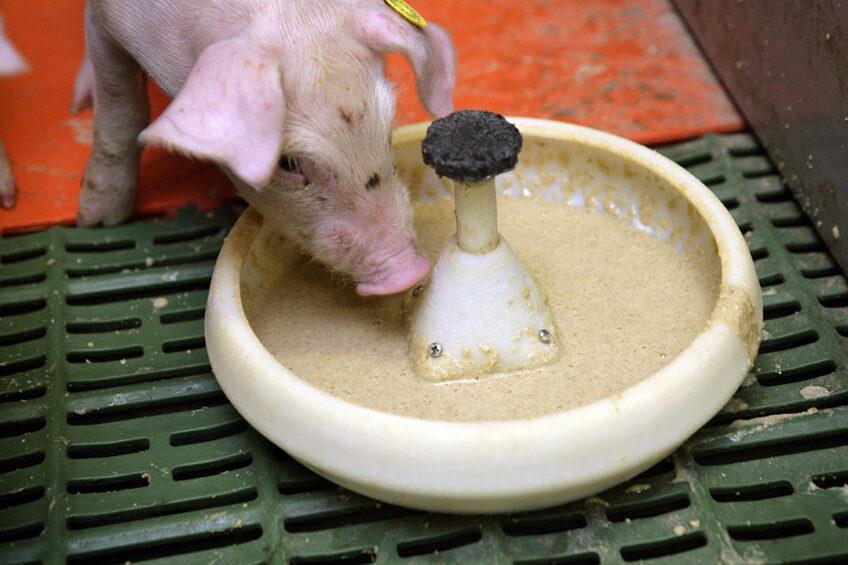
Zinc oxide used to be a go-to remedy for reducing diarrhoea outbreaks among just-weaned piglets. Today, the EU ban on medical zinc oxide in feed requires pig producers to pay more attention to feed quality and sharpen their weaning procedures.
Easily digestible protein is one of the keys to a smooth transition from milk to dry feed. Protein sources such as blood plasma, fishmeal and soya protein concentrates are rapidly absorbed. Combined with good dairy products and effective feed additives, they support the development of a healthy gastrointestinal tract through the stressful weaning process.
The challenge of a lifetime
For the piglets, the challenge starts as soon as they are taken away from the sow, when they must adapt to new feeding systems and change from sow milk to plant-based feed. Therefore, the composition of the feed is an important part of any successful weaning strategy. There are several factors to consider.
First, feed intake prior to weaning should be at least 0.5kg per pig. At this stage, feed should be freely accessible to stimulate the production of enzymes in the piglet gut. The right raw materials, piglet activation and good hygiene are all essential.
Optimal weaning strategy
For an optimal weaning strategy, this is what we recommend:
1. Piglets should continue to be fed their pre-starter feed.
2. Feed intake should be rapidly stimulated on day one to three after weaning, delivering nutrients and energy to the intestine. Ideally, each piglet should consume 150g of feed every day.
3. To stimulate intake, piglets should be given feed 3-5 times daily with a milk soup comprising five parts water, one part milk replacer and two parts starter feed mixture. In the first days of weaning, each feeding should amount to one litre of soup for every ten piglets.
4. An electrolyte solution should be used in pens where piglets have diarrhoea.
5. The smallest 10-20% of piglets should continue to receive the pre-starter feed for longer than bigger piglets.
Table 1 – Nutrient recommendations for piglet weaning feed.
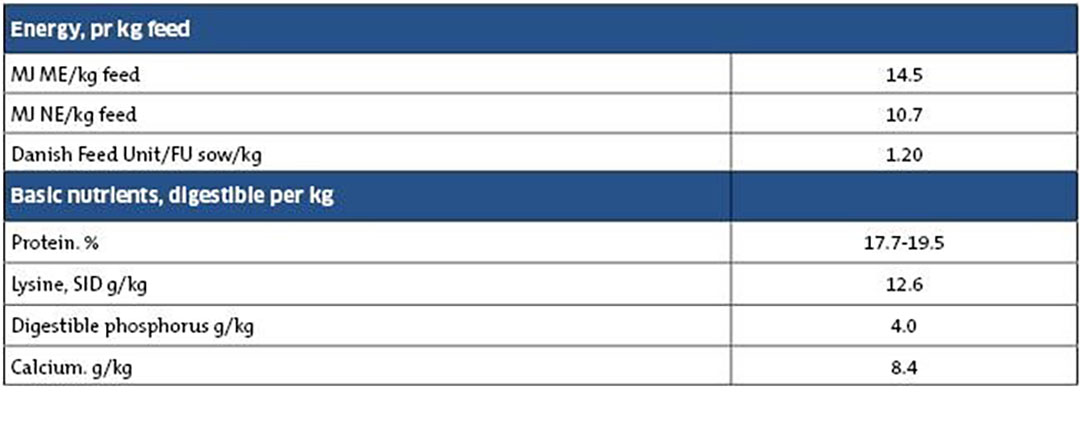
Source: Danbred feeding manual
A higher feed intake in the weaning section is conditioned by the water consumption. It is very important that in the first 2-3 weeks after weaning all the piglets are activated from time to time to drink fresh water – (‘milk soup’ is helping also to prevent piglet’s dehydration – but is not sufficient). See more in this video.
Restrictive feeding may reduce the incidence of post-weaning diarrhoea during the first 2 weeks. However, to avoid limiting the supply of nourishment and energy to the intestines, restrictive feeding is not recommended in the first 3 to 4 days post-weaning.
Where diarrhoea problems occur, one way to alleviate them is to reduce the protein in feed by between 5% and 10%. It should be noted, though, that this will reduce productivity.
A high-calcium feed also increases the risk of diarrhoea and may be reduced by 5% to 7%. This makes it necessary to reach a balance between a reduced diarrhoea risk and maximum bone mineralisation. Smaller pigs’ diets in particular are lower in calcium.
Gastrointestinal tracts are still under development when piglets are weaned. And it is crucial to keep feed intake (constant nutrient supply) and to avoid that the intestine becomes empty. This is to ensure proper development and height of gastrointestinal villi and then good absorption of nutrients.
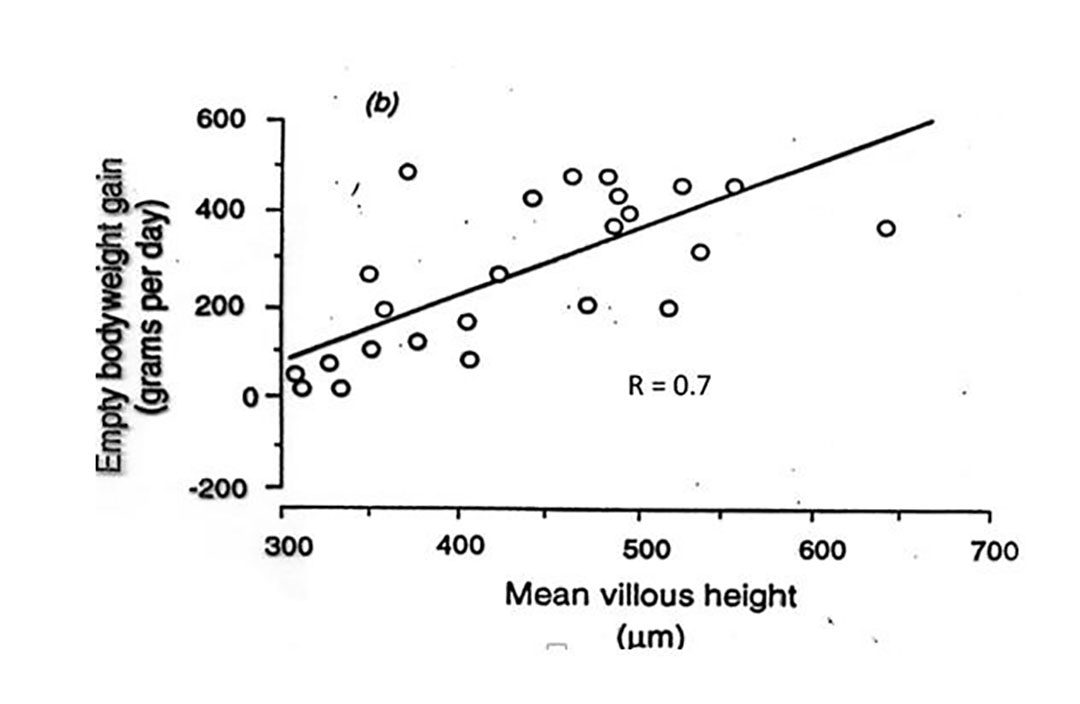
Source: Pluske et.al, 1997
Tried and tested solutions without zinc oxide
At Vilomix, we have developed feed solutions that focus on piglet wellbeing and gastrointestinal development. Our pre-starters and concentrates have been successfully tried and tested without zinc oxide in the mix.


